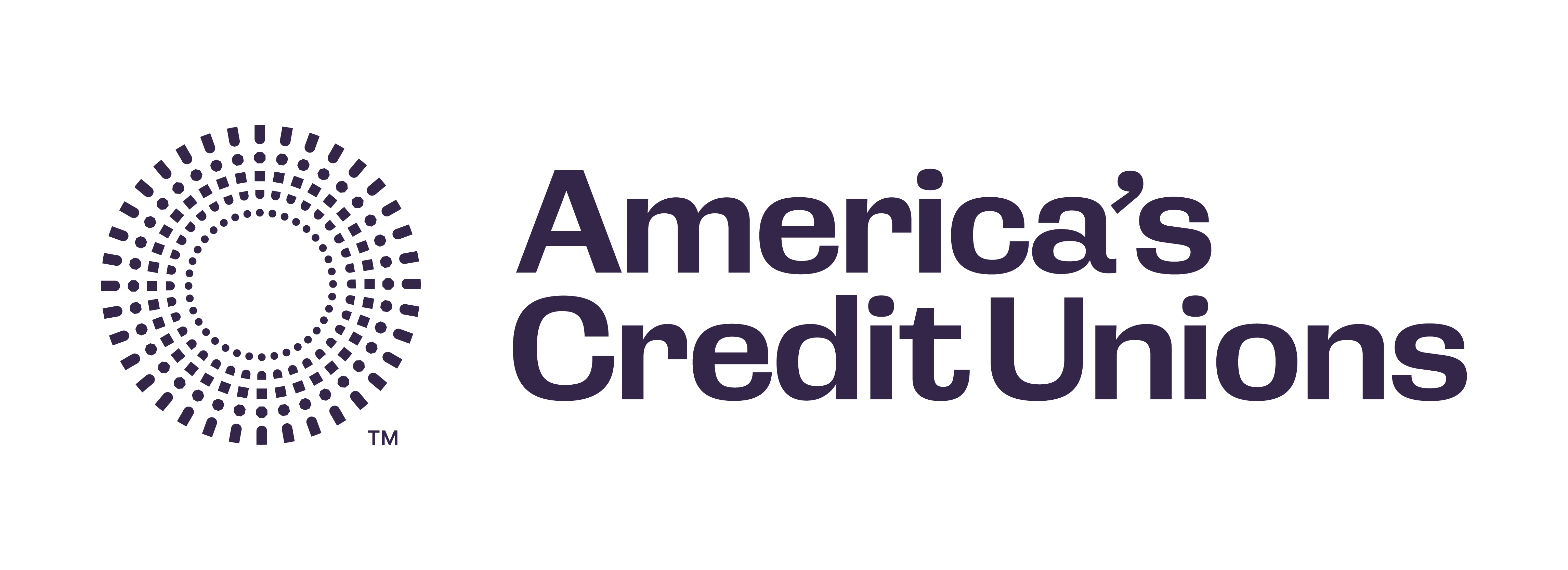Newsroom
October jobs report shows healthy, upward growth
 The Bureau of Labor Statistics Friday issued the October Jobs Report which revealed non-farm payrolls increased by 531,000 last month. Of note, August and September job gains were revised upward by a combined 235,000 jobs. NAFCU Chief Economist and Vice President of Research Long analyzed the report in a new NAFCU Macro Data Flash report.
The Bureau of Labor Statistics Friday issued the October Jobs Report which revealed non-farm payrolls increased by 531,000 last month. Of note, August and September job gains were revised upward by a combined 235,000 jobs. NAFCU Chief Economist and Vice President of Research Long analyzed the report in a new NAFCU Macro Data Flash report.
“The October jobs report was generally positive, meeting expectations for the headline number and delivering healthy upward revisions to prior months,” said Long. “Even with the revisions, October was substantially stronger than August and September for employment growth, which is consistent with the view that the delta variant was weighing heavily on the labor market.”
Of note, the unemployment rate dropped to 4.6 percent this month, while the labor force participation rate held at 61.6 percent, which is down significantly from last year’s 63.3 percent in February.
“Since the blowout numbers in June and July, when job gains averaged over 1 million per month, the pace of job gains has settled in at a tamer but still solid level of +440k. This tracks with the trend in COVID cases nationally,” stated Long. “The number of employees reporting that they were unable to work due to pandemic-related business closures fell from 5 million to 3.8 million during October. However, it was not all good news. Labor force participation failed to improve in October, indicating that last month's job gains were once again primarily among those already looking for work.”
In addition, results among the major private sector industries were positive. The leisure and hospitality industry gained 164,000 jobs, while professional and business services saw 100,000 job gains, and a gain of 64,000 jobs in education and health. Public sector employment fell by 73,000 jobs. Average hourly earnings rose by 11 cents in October, while year-over-year wage growth was at 4.9 percent.
“As household savings continue to dwindle in the absence of earlier levels of fiscal support, more workers are expected to re-enter the market,” noted Long.
“Government employment fell once again, but the BLS cautions that present patterns of employment in public education are confounding seasonal adjustments. Employment growth should remain solid as long as COVID cases are well contained,” concluded Long.
For more up-to-date economic updates from NAFCU's award-winning research team, view NAFCU's Macro Data Flash reports.
Share This
Related Resources
Add to Calendar 2024-06-26 14:00:00 2024-06-26 14:00:00 Gallagher Executive Compensation and Benefits Survey About the Webinar The webinar will share trends in executive pay increases, annual bonuses, and nonqualified benefit plans. Learn how to use the data charts as well as make this data actionable in order to improve your retention strategy. You’ll hear directly from the survey project manager on how to maximize the data points to gain a competitive edge in the market. Key findings on: Total compensation by asset size Nonqualified benefit plans Bonus targets and metrics Prerequisites Demographics Board expenses Watch On-Demand Web NAFCU digital@nafcu.org America/New_York public
Gallagher Executive Compensation and Benefits Survey
preferred partner
Gallagher
Webinar
Add to Calendar 2024-06-21 09:00:00 2024-06-21 09:00:00 The Evolving Role of the CISO in Credit Unions Listen On: Key Takeaways: [01:30] Being able to properly implement risk management decisions, especially in the cyber age we live in, is incredibly important so CISOs have a lot of challenges here. [02:27] Having a leader who can really communicate cyber risks and understand how ready that institution is to deal with cyber events is incredibly important. [05:36] We need to be talking about risk openly. We need to be documenting and really understanding what remediating risk looks like and how you do that strategically. [16:38] Governance, risk, compliance, and adherence to regulatory controls are all being looked at much more closely. You are also seeing other technology that is coming into the fold directly responsible for helping CISOs navigate those waters. [18:28] The reaction from the governing bodies is directly related to the needs of the position. They’re trying to help make sure that we are positioned in a way that gets us the most possibility of success, maturing our postures and protecting the institutions. Web NAFCU digital@nafcu.org America/New_York public
The Evolving Role of the CISO in Credit Unions
preferred partner
DefenseStorm
Podcast
AI in Action: Redefining Disaster Preparedness and Financial Security
Strategy
preferred partner
Allied Solutions
Blog Post
Get daily updates.
Subscribe to NAFCU today.
